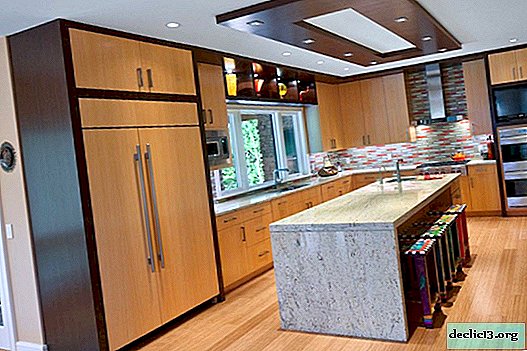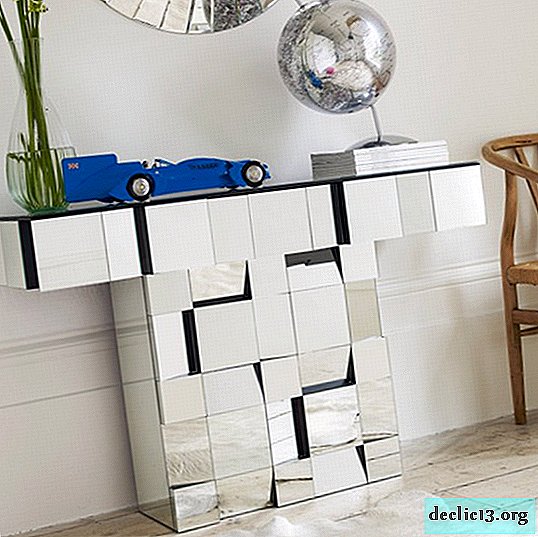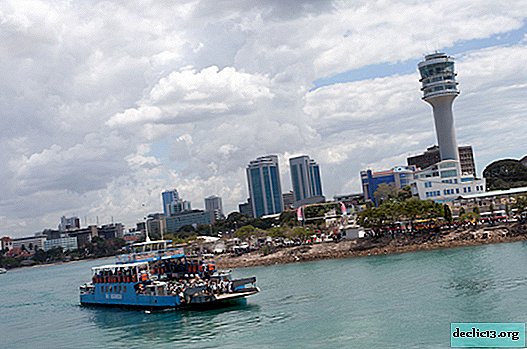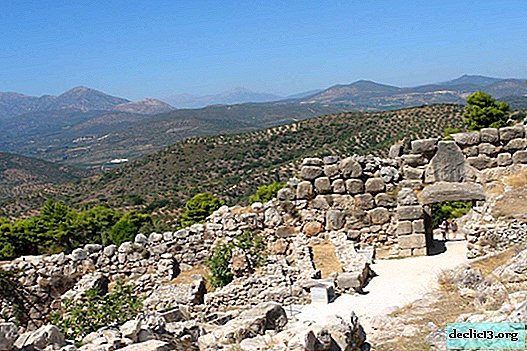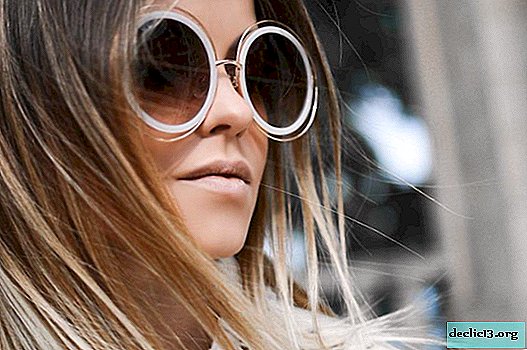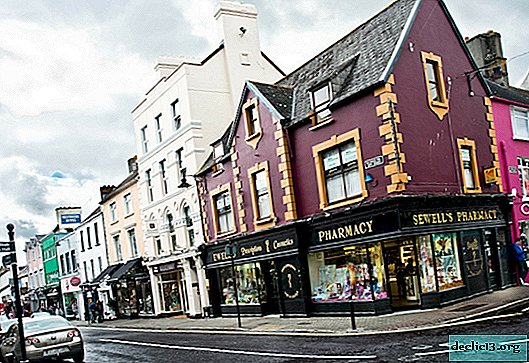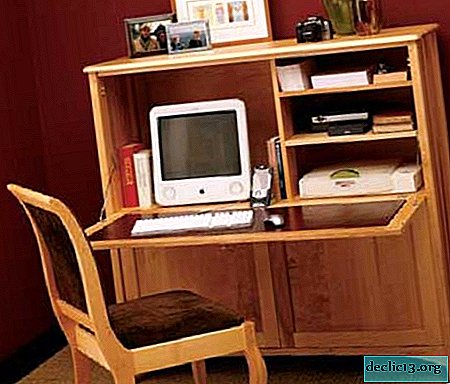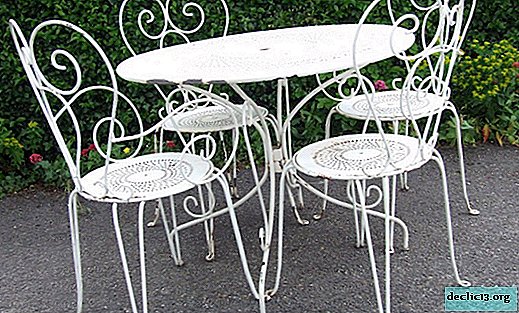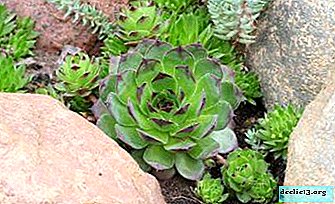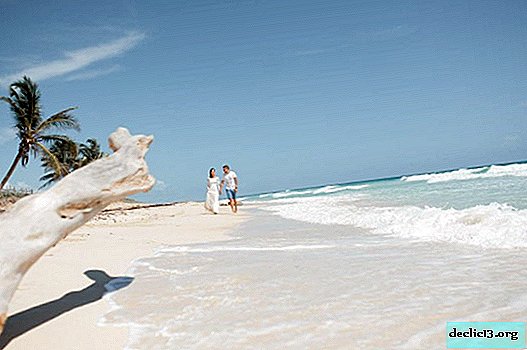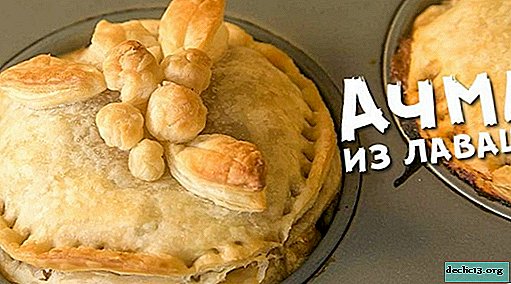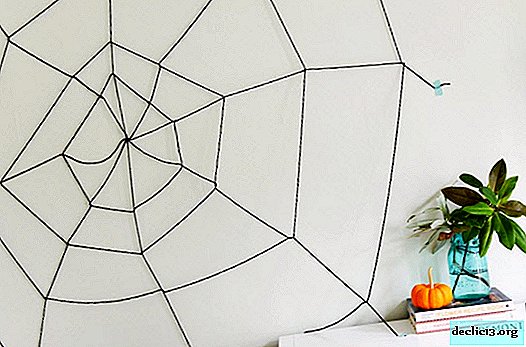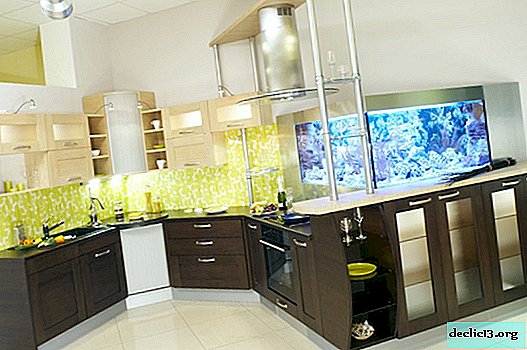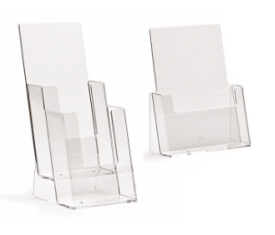Cubic houses in Rotterdam
Rotterdam (Netherlands) has a long history, but its main attractions are not historical monuments, but objects of modern architecture. One of these attractions is cubic houses that attract tourists with their unusual features. These original structures have become a real hallmark of Rotterdam. Their shape is so extraordinary that it is difficult to imagine how they are equipped with living quarters. However, guests of the Netherlands are given the opportunity not only to visit the museum in the "cube" and get acquainted with its interiors, but also to live in a hostel occupying one of the cubic houses.
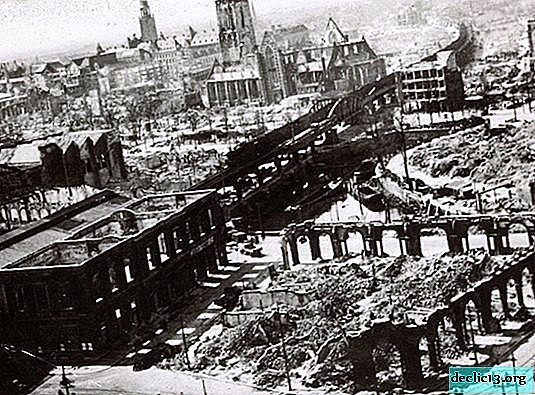
History of the creation of houses

During the Second World War, the historic center of Rotterdam suffered significant damage as a result of German bombing. About 100 tons of deadly cargo were dumped on this city of the Netherlands, more than 2.5 km² of its area was completely destroyed, and the rest of the territory was subjected to fires.
After the war, Rotterdam was restored. The way we see it now is the result of the desire of citizens to make their city even more beautiful than before the destruction. In order to give the look of Rotterdam its recognizability and originality, not only some ancient buildings were restored in their original form, but also objects of modern architecture of the most unusual forms were built.
 Timmerhuis
TimmerhuisThe Erasmus Bridge, Timmerhuis Complexes and the Vertical City, the railway station building, the Euromast, the Markthal Shopping Center - all of these structures are unique examples of unusual architecture that give Rotterdam a modern and dynamic look.
But perhaps the most interesting tourists are cubic houses, Rotterdam is not the only one in the Netherlands, where there are buildings of this shape, similar creations of the same architect are also in the Dutch city of Helmond. It was there that architect Pete Blom first tested his project of cubic houses in 1974, and 10 years later similar structures were erected in Rotterdam.

In the early 80s, the plans for the city administration of Rotterdam included building a viaduct with residential buildings, and preference was given to the project of Pete Blom as the most original. The prototype of the cubic houses was the "street of tree huts." It was originally planned to build 55 houses, but during the construction process, it was decided to stop at a complex of 38 cubic houses, the construction of which was completed in 1984.
Architecture features
The base of each cubic house is a hollow high column in the form of a hexagonal prism, inside of which there is a rise in living quarters. In between the columns are a school, shops, offices, connecting the entire structure into a single complex. Above them is an open veranda for the promenade, above which the residential part of the complex begins in the form of huge cubes, the diagonal of which is aligned with the vertical axis.

In cubic houses it would not be unusual if they were put on the brink. But the architect Pete Blom put the cubic houses in Rotterdam (the Netherlands) not on the edge, or even on the edge, but on the corner, and this makes them a miracle of engineering.
The basis for the construction of cubes is wooden frames combined with reinforced concrete slabs. To be precise, the shape of the cubic houses is closer to the parallelepiped than to the cube, this was done to give the structure more stability. But outside, this deviation in the proportions is imperceptible, and the structures look like cubes in contact with part of their faces. Each cube is an isolated apartment with three levels and a total area of about 100 m².
How houses look inside

Inside the house in a cubic style, the most unusual is the inclined walls, columns supporting the ceiling, as well as windows in unexpected places.
The first level of the cubic house is occupied by the kitchen and living room, the walls here are tilted outward. A metal spiral staircase leads to the second level, on which bathrooms and bedrooms are located.
On the third level - a room that can be adapted for an office, a winter garden, a nursery. The walls here converge at one point, forming one of the corners of the cube. Due to the slope of the walls, the usable area of the room is less than the actual floor area. But on the other hand, thanks to windows oriented on all sides, there is always a lot of light, and a beautiful panorama of the cityscapes of Rotterdam opens up.

The possibilities of designing rooms in cubic houses are very limited - because you can’t hang anything on the wall here - not a shelf, not a picture. Diverging walls require regular cleaning, as well as floors, because due to the tilt, dust settles on them.
Perhaps these difficulties, as well as the keen interest of tourists in this attraction of Rotterdam, led to the fact that most of the owners of this housing changed their place of residence, and many organizations settled in many cubic apartments. In one of the cubic houses there is a furnished museum where you can go to see how the living space is arranged inside such an unusual house.
Museum hours: 11-17 daily.
Ticket price: €2,5.
Address: Overblaak 70, 3011 MH Rotterdam, The Netherlands.
How to get there
The cubic houses of Rotterdam (Netherlands) are located in the city center near other attractions - the Maritime Museum, St. Lawrence Church, the Center for Contemporary Art. You can get here by metro, tram or bus.

Take the metro to Rotterdam Blaak Station on any of the lines - A, B or C.
If you want to use the tram, you need to take route 24 or 21 and get to the Rotterdam Blaak stop.
Buses can be reached by routes 47 and 32, Station Blaak stop, from which you will have to walk 0.3 km to cubic houses along Blaak Street.
Compare accommodation prices using this form
Hostel Stayokay Rotterdam
Cubic houses (Netherlands) are good not only for their originality, but also for affordability. Not only can they be viewed at any time of the day from the outside, and on any day from the inside by visiting a furnished museum. But in this cube, you can also live by staying at the Stayokay Rotterdam hostel.

Stayokay Rotterdam offers several accommodation options:

- Double room - 1 bunk bed;
- Quadruple Room - 2 Bunk Beds;
- Six-bedded room - 3 bunk beds;
- Places in a common room for 8 people;
- Places in a common room for 6 people;
- Places in a common room for 4 people.
Stayokay Rotterdam has a vending machine, a bar and a small bistro where you can enjoy simple meals. There is free Wi-Fi. Buffet breakfast is included.

Toilet and shower are shared. Packed lunches and bike rental are available at an additional cost. The price of accommodation depends on the season and accommodation option. In the summer, it is about € 30-40 per person per day. Check in is available around the clock.Find out RATES or book any accommodation using this form
Cubic houses are an interesting attraction of Rotterdam, which will enrich the palette of impressions from a trip to the Netherlands with bright colors.

